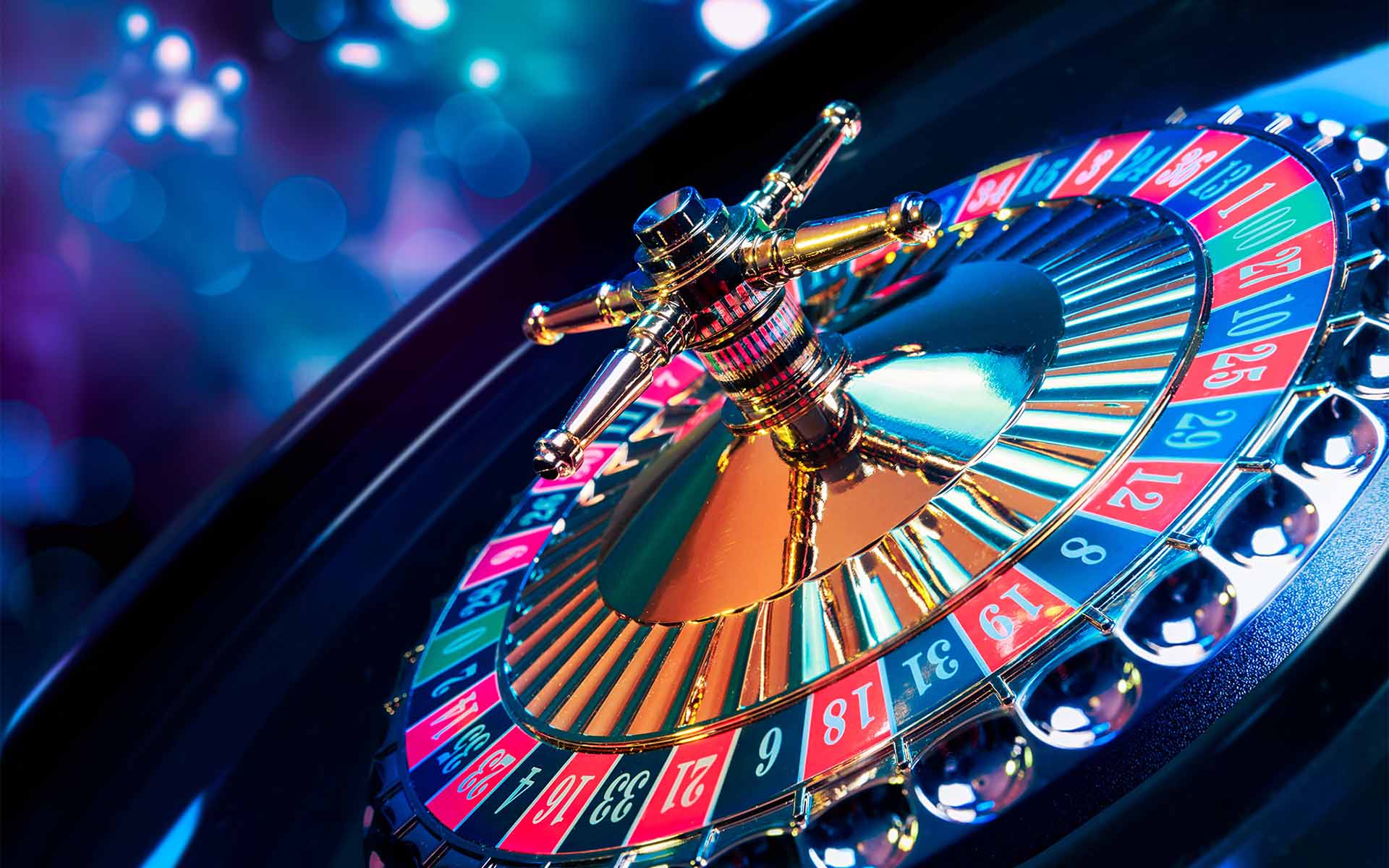
Gambling games have long captivated the human imagination, drawing gamblers into a realm filled with fortune, planning, and the allure of excitement. Each experience is painstakingly crafted not just for fun, but also to elicit particular emotional responses that keep gamblers engaged and committed. Understanding the drives behind these designs reveals much about how behavioral psychology plays a key role in the gaming experience.
From the vivid lights and lively sounds to the complex layering of guidelines and rewards, casino games are designed to create an atmosphere of excitement and eagerness. Game designers leverage mental cues to influence gambler behavior, whether through the use of winning opportunities, almost wins, or social connections. By examining these factors, we can better appreciate how casino games fulfill not just a desire for entertainment, but deeper psychological needs for adventure and uncertainty.
Understanding Player Actions
Casino games are engineered with a deep comprehension of player psychology, which is essential for luring and holding players. The thrill of the game, combined with the expectation of winning, produces a strong draw. Game designers employ elements like sound effects, vibrant graphics, and captivating gameplay to seize attention and elicit emotional responses. These sensory elements enhance the overall experience, making players feel more attached in the game.
Another notable aspect of player behavior is the idea of risk and reward. Casino games often manage high-risk scenarios with the potential for substantial rewards, which can cause the event known as near-miss experience. When players come near to winning, the brain releases dopamine, bolstering their behavior and motivating them to persist playing in quest of that hard-to-reach win. This cycle of anticipation and letdown plays a key role in how games are structured and advertised.
Lastly, community aspects also play a critical role in player behavior at casinos. Many games are crafted to be played in pairs or alongside other players, fostering a sense of togetherness and collective experience. The social interaction inherent in games like baccarat enhances enjoyment and can culminate in longer play sessions. Designers leverage on this by creating environments that prompt players to stay, socialize, and return, making the overall casino experience more attractive.
The Role of Visuals and Sound
Imagery and sound play a vital role in enhancing the gambler’s experience within casino games. Designers utilize vibrant colors, striking graphics, and captivating animations to capture players’ attention and hold their focus. The use of motifs, such as adventure or luxury, helps create an immersive atmosphere that takes players into another world. By appealing to the senses, these elements contribute to a heightened emotional response, encouraging players to interact more deeply with the games.
Sound design is equally important in reinforcing the experience of casino games. The mix of ambient music, sound effects for successful combinations, and ambient noises creates an auditory landscape that keeps players fascinated. Sounds associated with wins, such as ringing bells or celebratory music, evoke feelings of excitement and satisfaction, encouraging players to continue playing. These audio cues are carefully placed to enhance the thrill of the game and create a more engaging experience.
Additionally, the alignment of imagery and audio is crucial for reinforcing the game’s overall theme and mood. https://cpc2888.org/ Each element should coordinate harmoniously to create a unified experience that pulls players in. The effective use of this integration not only enhances user enjoyment but also increases the likelihood of repeat play, as players become more invested in the captivating world that the gambling games offer. This thoughtful combination of visuals and audio ultimately enhances player engagement and loyalty.
Reward Structures and Participation
The creation of gambling games greatly relies on incentive structures to keep players engaged and coming back for more. These systems are based in psychological principles that take advantage of human nature and motivation. Participants are often driven by the thrill of success, which is supported by instant responses through the game structure’s mechanics. This instant gratification not just improves the gaming experience but also fosters a sense of achievement, prompting participants to continue participating in hopes of bigger rewards.
Casinos adopt various reward structures, including large payouts, bonuses, and multipliers, to engage participants. These features create a level of thrill that sustains engagement. Additionally, the randomness of results plays a significant role in keeping attention. The intermittent reinforcement schedule, where successes are random but occur often enough, maintains players on edge and driven to continue participating. This loop of hope and anticipation is foundational to the effectiveness of casino games.
Furthermore, social elements, such as competitive events and multiplayer features, enhance the participation factor by tapping into the desire to compete of players. The shared experience of gaming with others can intensify the excitement of success and create a sense of community within the gaming space. By combining these community elements with effective incentive structures, gambling experiences not only provide entertainment but also foster a deeper connection among participants, reinforcing their loyalty to the overall experience.